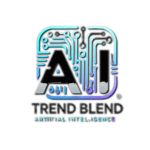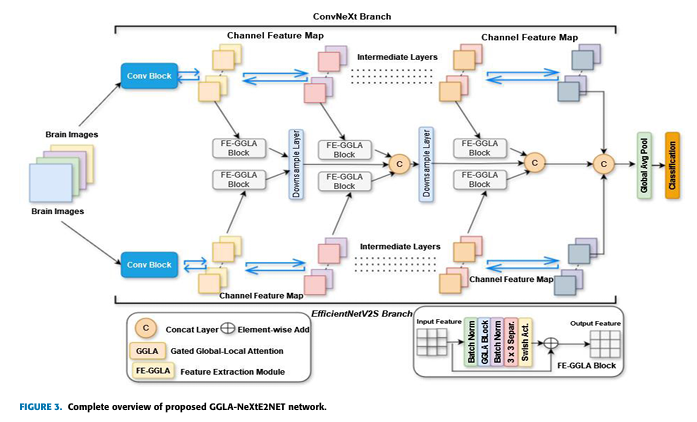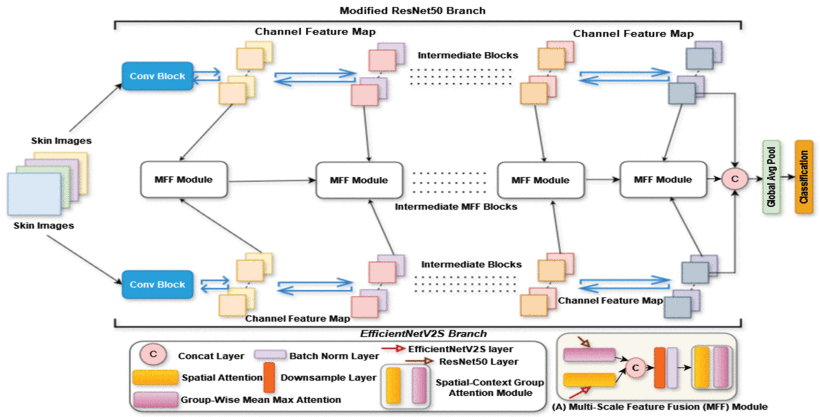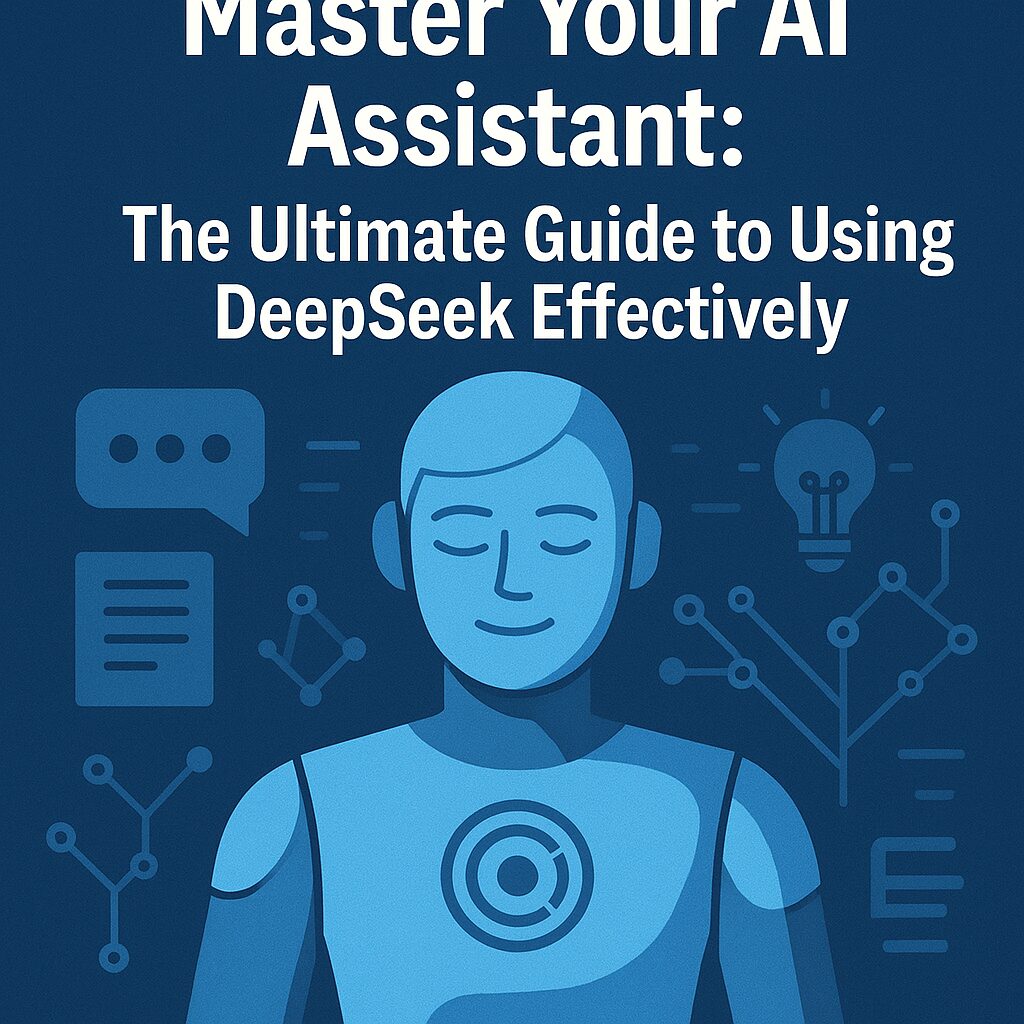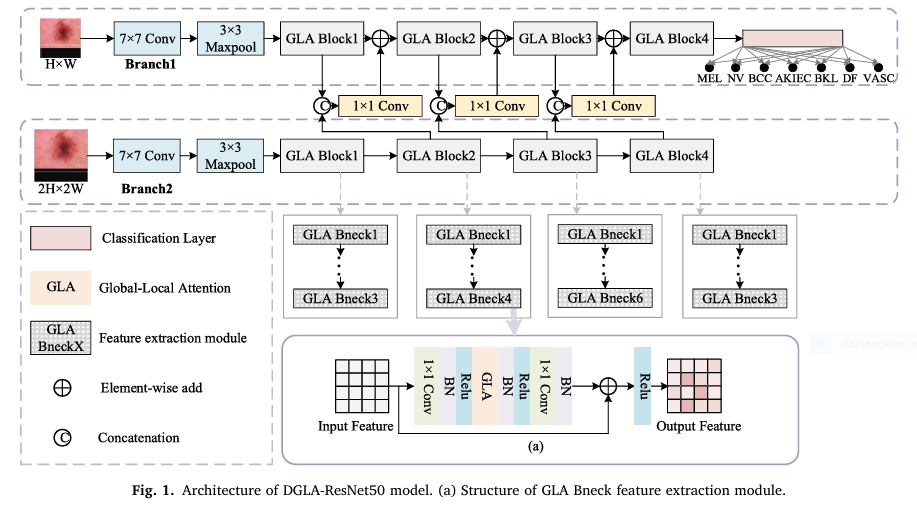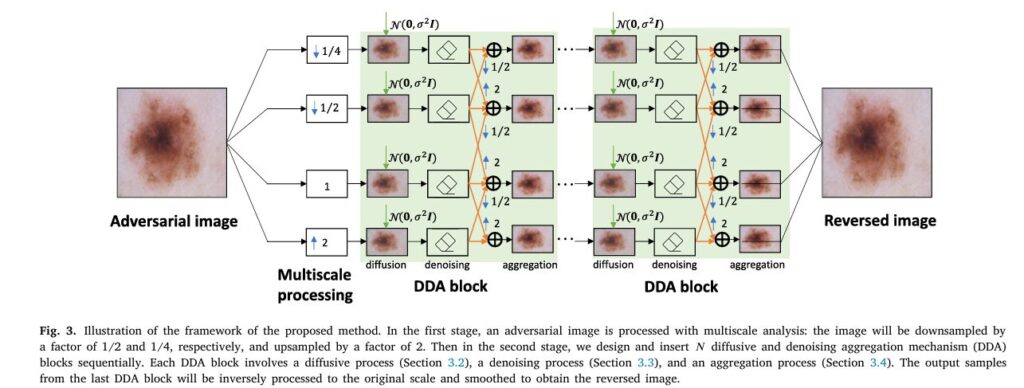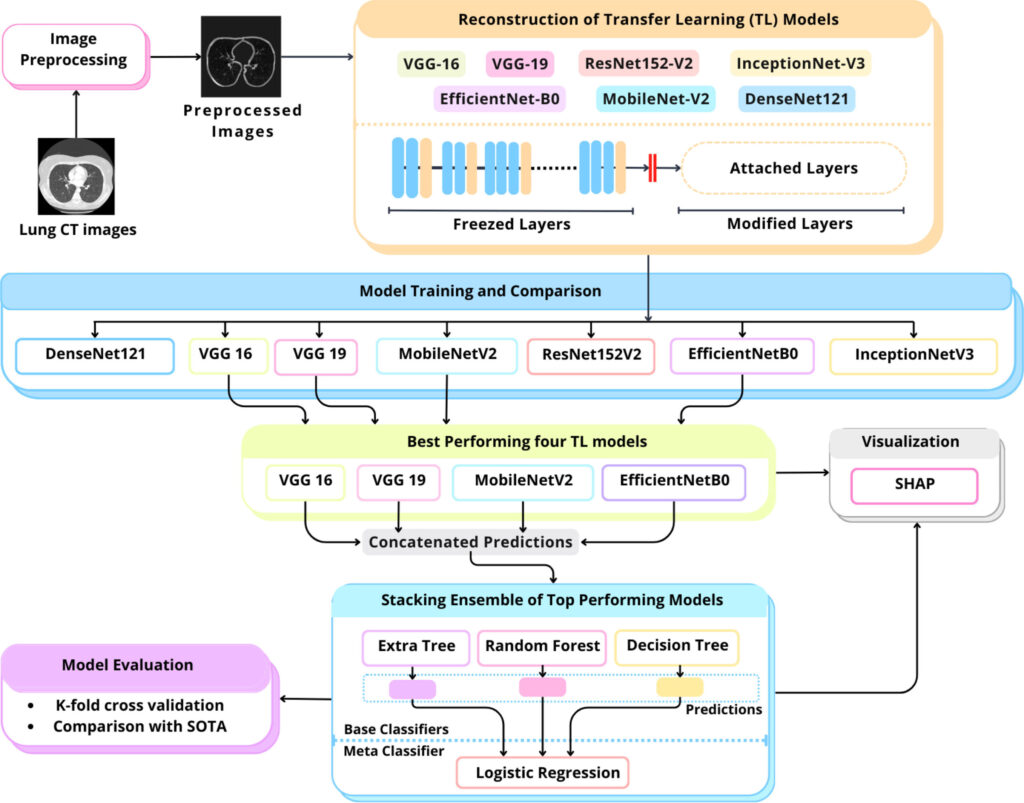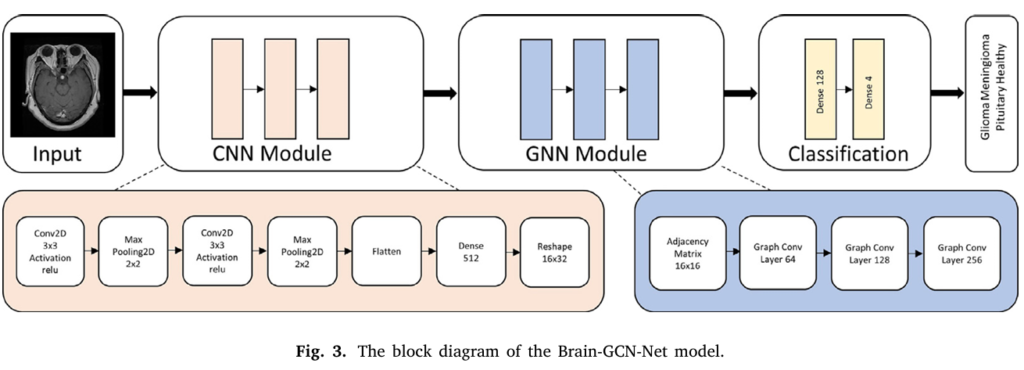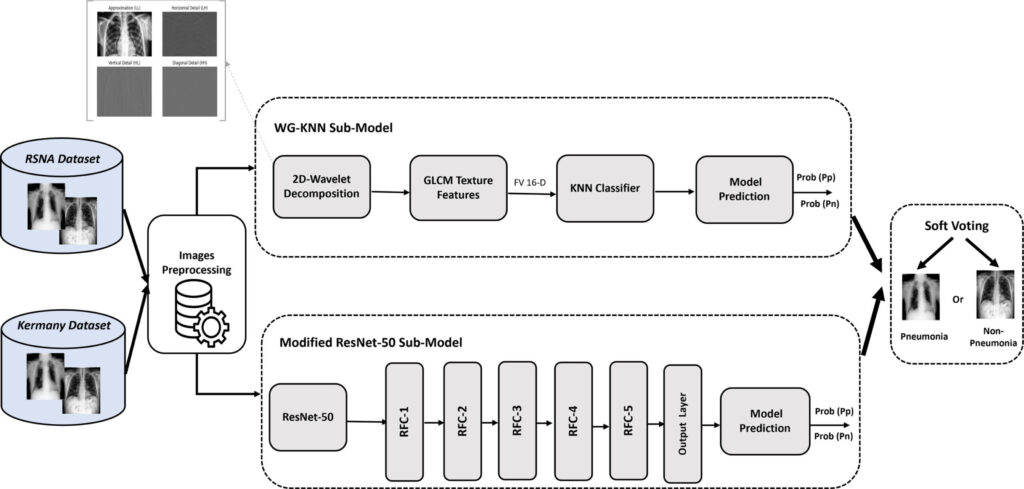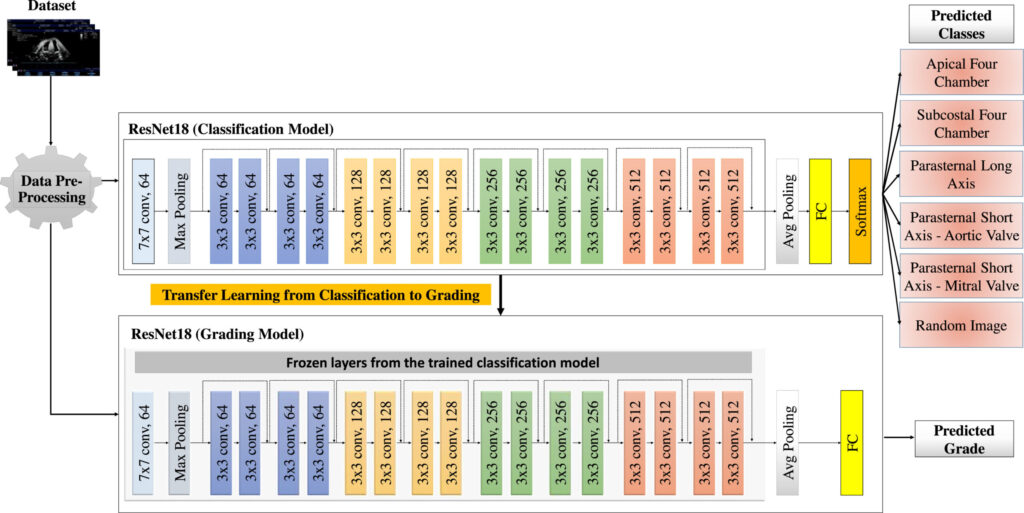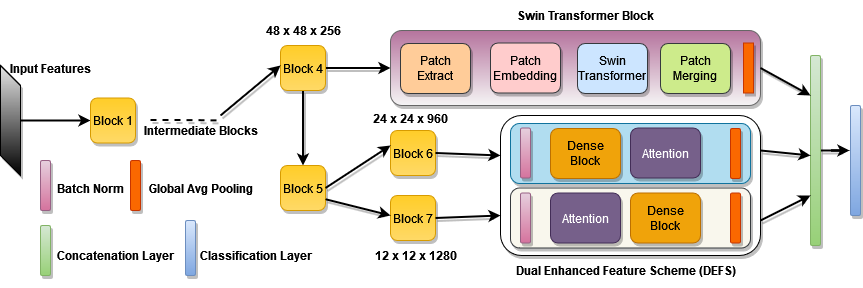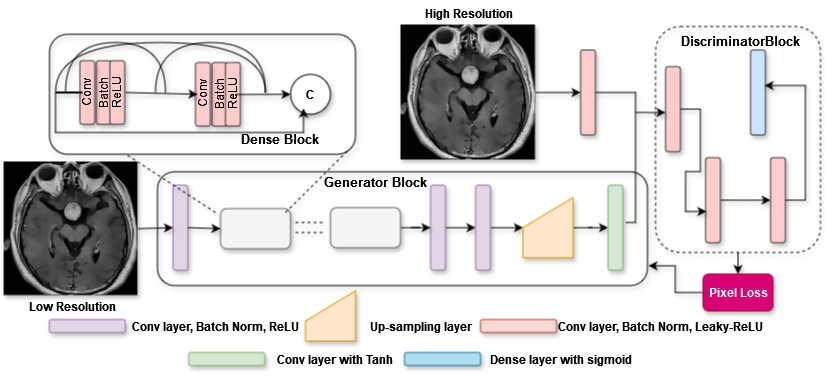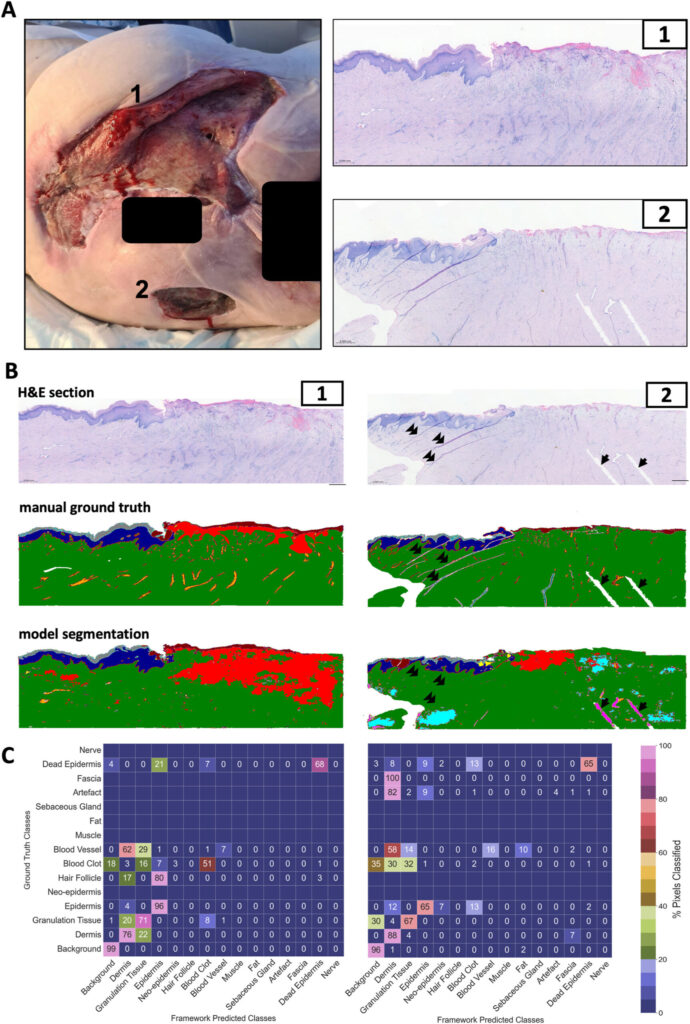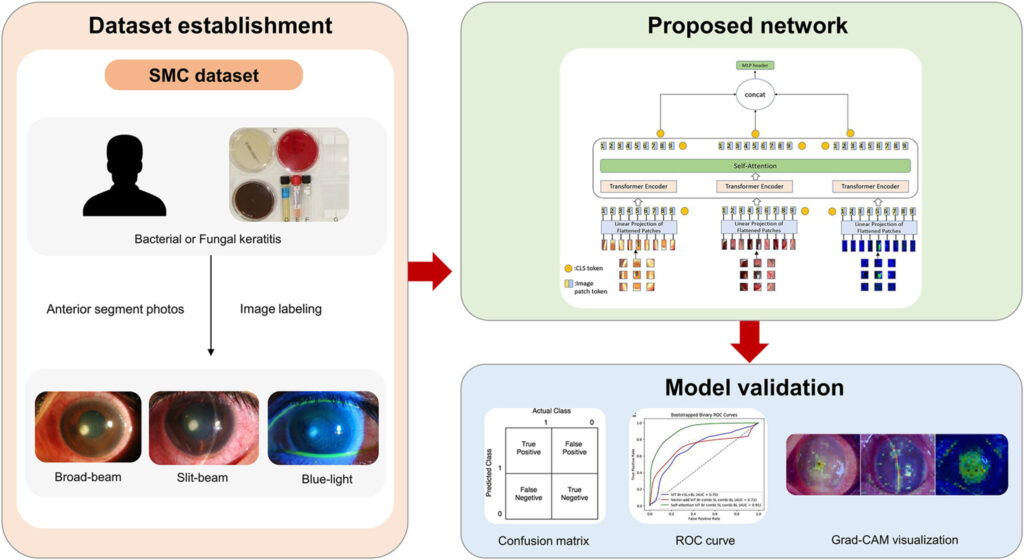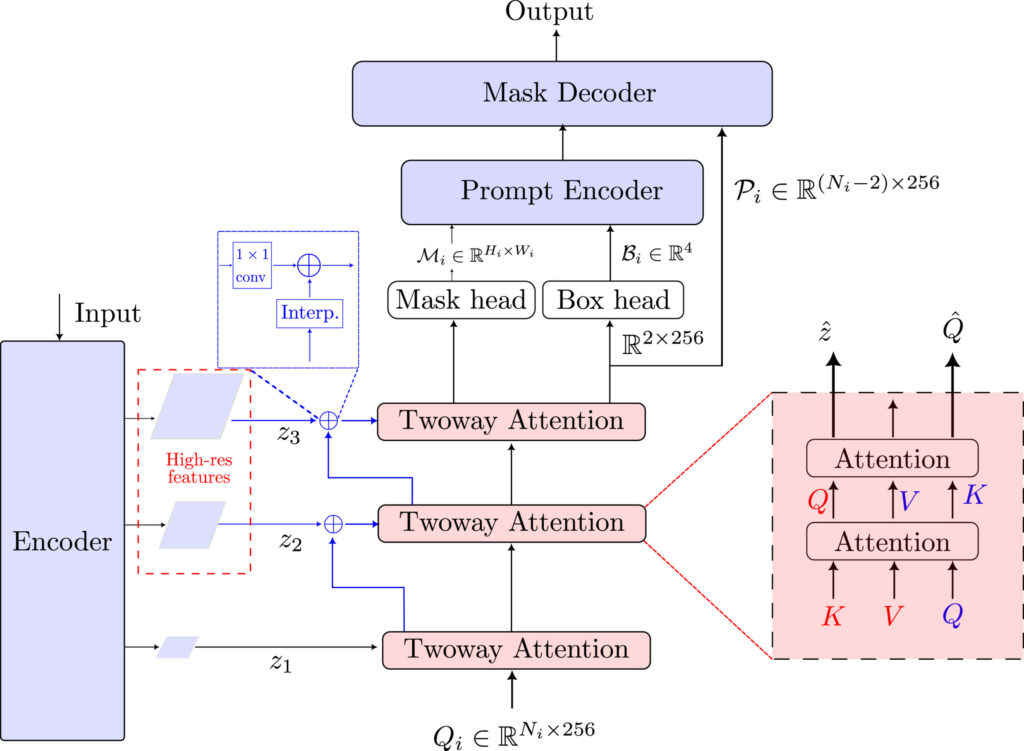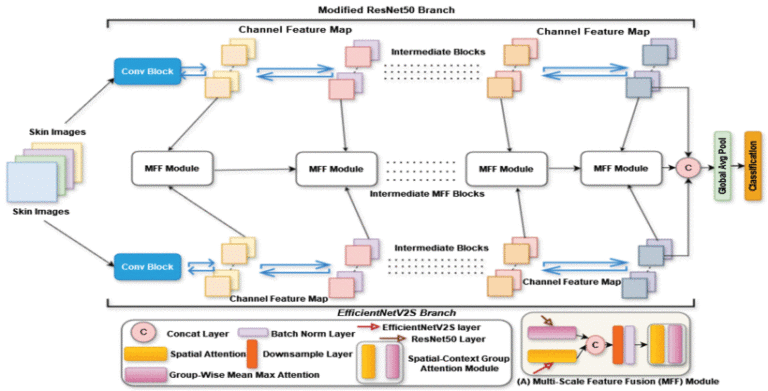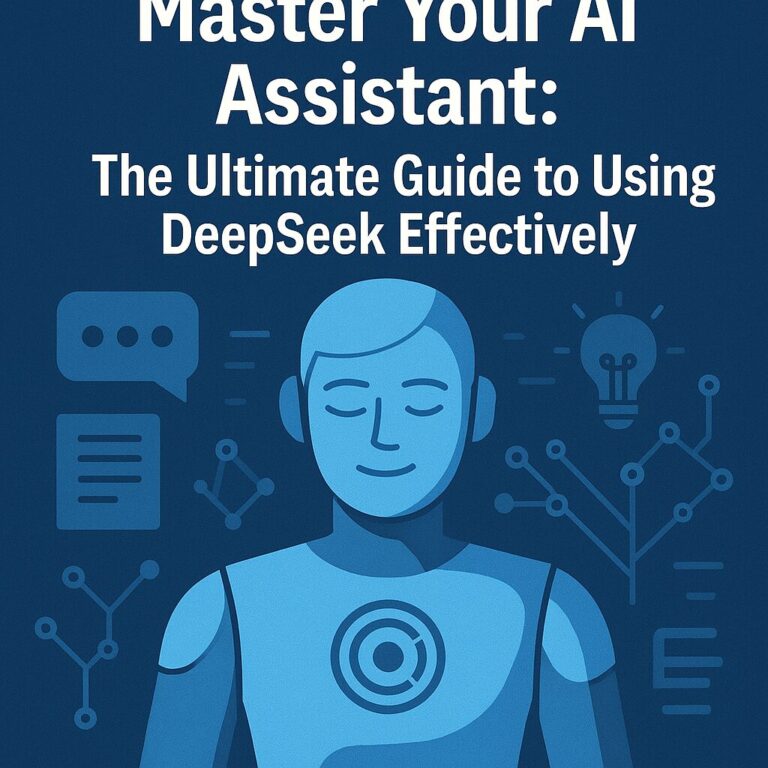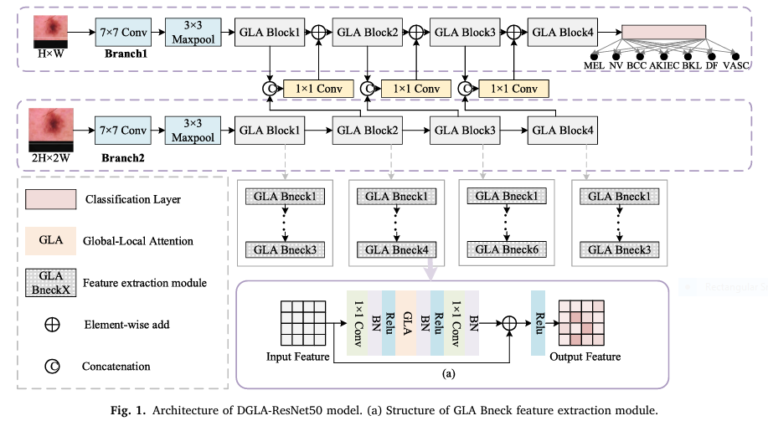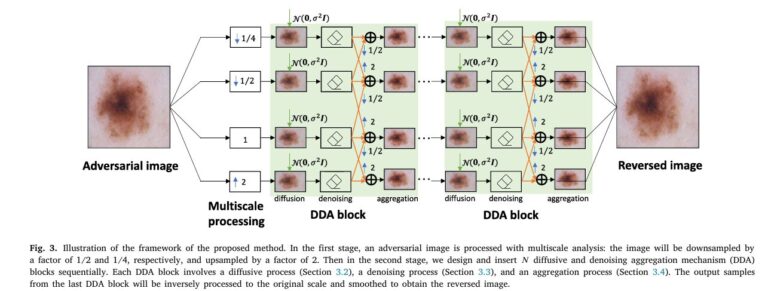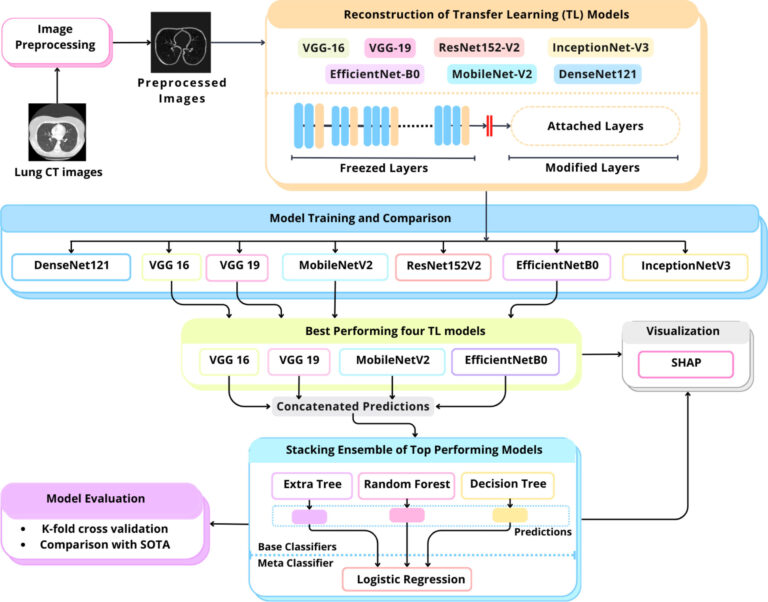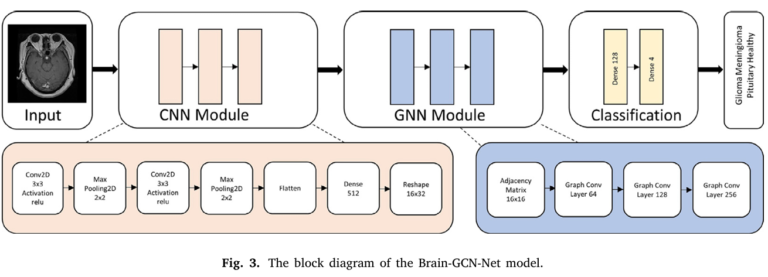Life Hacks
Comments: 0
The accurate and timely diagnosis of brain tumors is a critical challenge in modern medicine. Magnetic Resonance Imaging (MRI) is an essential non-invasive tool that provides detailed images of the brain’s internal structures, helping to identify...
Comments: 0
Skin cancer diagnosis faces critical challenges: subtle variations within the same cancer type, striking similarities between benign and malignant lesions, and limited access to specialist dermatologists. Traditional methods often struggle with accuracy...
Comments: 0
In today’s fast-paced digital world, AI tools like DeepSeek are revolutionizing how we work, learn, and create. But simply having access to this powerful technology isn’t enough. To truly unlock its potential and gain a competitive edge, you...
Comments: 0
Skin cancer continues to be one of the fastest-growing cancers worldwide, with early detection being critical for effective treatment. Traditional diagnostic methods rely heavily on dermatologists’ expertise and dermoscopy, a non-invasive skin imaging...
Comments: 0
New Deep Learning Model Boosts Accuracy for Early Detection Skin cancer, particularly melanoma, remains one of the deadliest cancers worldwide. The stakes for early detection couldn’t be higher: diagnose melanoma at an advanced stage, and the 10-year...
Comments: 0
In recent years, deep learning has revolutionized dermatology by automating skin cancer diagnosis with impressive accuracy. AI-powered systems like convolutional neural networks (CNNs) can now detect melanoma and other lesions with expert-level precision....
Comments: 0
Introduction: The Urgent Need for Early Lung Cancer Detection Lung cancer is the leading cause of cancer-related deaths worldwide, accounting for 1.8 million fatalities in 2020 alone. Its deadliness is largely due to late diagnosis, as early-stage symptoms...
Comments: 0
For patients facing a potential brain tumor diagnosis, time is brain tissue. Early and accurate detection isn’t just beneficial; it’s often the solitary lifeline separating treatable conditions from devastating outcomes. Magnetic Resonance...
Comments: 2
Every year, thousands face the daunting diagnosis of a brain tumor. Speed and accuracy are paramount – early detection significantly improves survival rates and treatment outcomes. Yet, interpreting complex MRI scans remains a challenging, time-consuming...
Comments: 0
Medical image segmentation is a cornerstone of modern diagnostics, enabling precise identification of tumors, organs, and anomalies in MRI and CT scans. However, challenges like limited data, privacy concerns, and the computational complexity of deep...
Comments: 1
Medical imaging is a cornerstone of modern diagnostics, yet clinicians often grapple with challenges like ambiguous anatomical structures, inconsistent image quality, and the sheer complexity of interpreting subtle pathological patterns. Traditional methods...
Comments: 0
Pneumonia remains a leading cause of global mortality, particularly among children and the elderly. Early detection is critical for improving survival rates, but traditional diagnostic methods rely heavily on chest X-rays (CXRs), which can be subjective...
Comments: 9
Search engine optimization (SEO) is the backbone of digital success. In 2025, SEO strategies continue to evolve, making it crucial for website owners, marketers, and bloggers to stay updated. With search engines prioritizing user experience, content relevance,...
Comments: 0
Cardiovascular diseases remain the leading cause of death globally, underscoring the critical need for accurate and accessible diagnostic tools. Cardiac ultrasound, or echocardiography, is a cornerstone of heart disease assessment, offering real-time...
Comments: 1
Brain tumors are among the most challenging medical conditions to diagnose and treat. Their complexity, coupled with the need for precise classification, demands cutting-edge solutions that can support clinicians in making informed decisions. In recent...
Comments: 2
In today’s rapidly evolving world of artificial intelligence and machine learning, one technology stands out for its innovative approach to data generation and pattern recognition: Generative Adversarial Networks (GANs). This article dives deep into the...
Comments: 1
Chronic wounds affect millions of people worldwide, causing pain, disability, and staggering healthcare costs. According to the Wound Healing Society, over 6.5 million patients in the United States alone suffer from chronic wounds, with treatment expenses...
Comments: 2
Infectious keratitis, a leading cause of corneal blindness, poses significant challenges for patients and healthcare providers. Misdiagnosis or delayed treatment can lead to irreversible vision loss, making early and accurate detection critical. Recent...
Comments: 2
Medical imaging has long been a cornerstone of modern healthcare, enabling clinicians to diagnose, treat, and monitor a wide range of conditions. However, the manual segmentation of structures in medical images remains a time-consuming and expertise-intensive...
Comments: 2
A new level of convenience for digital payment will be brought about after Google Wallet’s successful launch in Pakistan. The launch of Google Wallet, a tap-to-pay payment system in Pakistan, was officially announced in March 2025. This service...
No posts found
Snow Adventure
Winter Sports
Interdum exercitation penatibus, praesentium facilisi accusamus fermentum, sagittis.
The accurate and timely diagnosis of brain tumors is a critical challenge in modern medicine. Magnetic Resonance Imaging (MRI) is an essential non-invasive...
Skin cancer diagnosis faces critical challenges: subtle variations within the same cancer type, striking similarities between benign and malignant...
In today’s fast-paced digital world, AI tools like DeepSeek are revolutionizing how we work, learn, and create. But simply having access to this...
Skin cancer continues to be one of the fastest-growing cancers worldwide, with early detection being critical for effective treatment. Traditional diagnostic...
New Deep Learning Model Boosts Accuracy for Early Detection Skin cancer, particularly melanoma, remains one of the deadliest cancers worldwide. The stakes...
In recent years, deep learning has revolutionized dermatology by automating skin cancer diagnosis with impressive accuracy. AI-powered systems like convolutional...
Introduction: The Urgent Need for Early Lung Cancer Detection Lung cancer is the leading cause of cancer-related deaths worldwide, accounting for 1.8 million...
For patients facing a potential brain tumor diagnosis, time is brain tissue. Early and accurate detection isn’t just beneficial; it’s often...
Every year, thousands face the daunting diagnosis of a brain tumor. Speed and accuracy are paramount – early detection significantly improves survival...
Medical image segmentation is a cornerstone of modern diagnostics, enabling precise identification of tumors, organs, and anomalies in MRI and CT scans....
